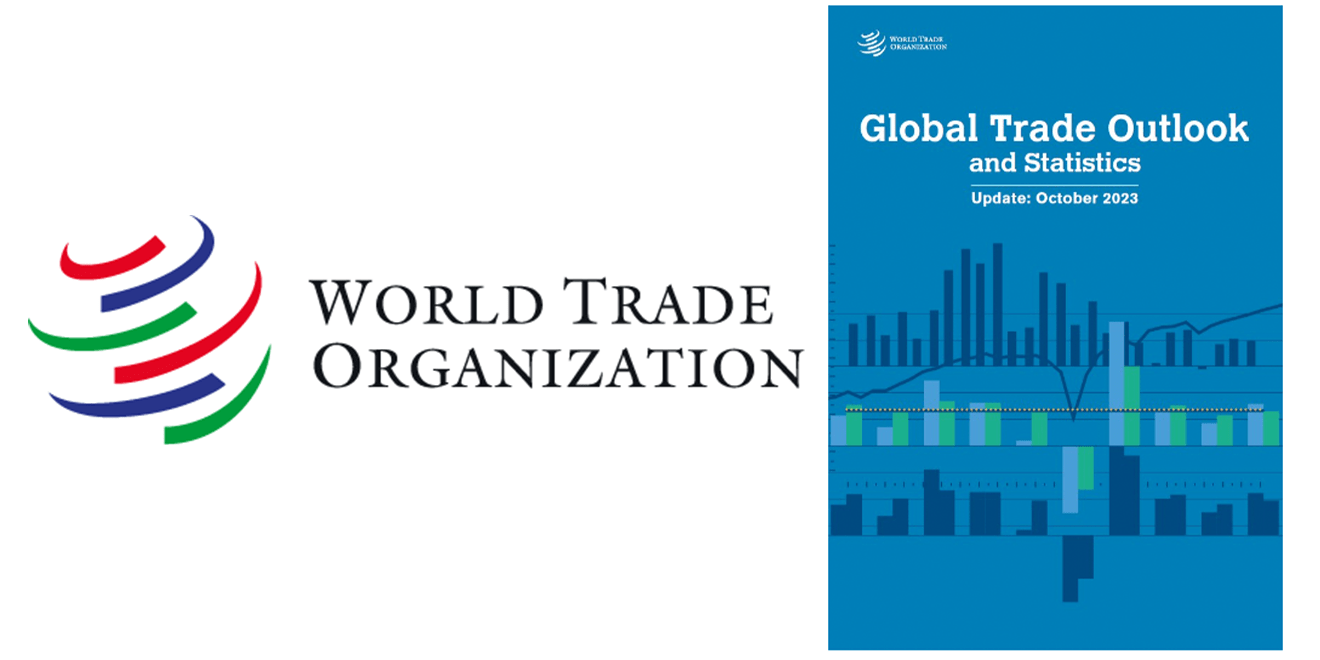The WTO has adjusted 2023 trade growth predictions, downwards amidst manufacturing and economic downturns.
In a notable shift of perspective, the World Trade Organization (WTO) has prudently scaled back its 2023 global trade growth predictions, attributing this revision to an ongoing, pervasive economic downturn that initially unfolded in the final quarter of 2022. Released on October 5th, the fresh trade forecast now foresees a restrained 0.8% uptick in global merchandise trade throughout 2023, a figure notably leaner than the 1.7% growth envisioned in April’s projections. Meanwhile, expectations for 2024 aim towards a comparatively steady 3.3% growth in trade.
The reason behind these revisions is manifold. The combination of sustained inflation rigorously tightened monetary policies across powerful economies such as the United States and the European Union, and challenges within China’s property markets have collectively forged a multifaceted barrier to a vibrant post-pandemic economic recovery. Simultaneously, the ongoing turmoil caused by the war in Ukraine has smeared additional layers of uncertainty onto the global trade outlook.
Expressing a stance of alert concern, WTO Director-General Ngozi Okonjo-Iweala remarked, “The projected slowdown in trade for 2023 is cause for concern, given the adverse implications for the living standards of people globally.” She vehemently underscored the dangers entwined with global economic fragmentation, championing the imperatives of stability, resilience, and inclusivity in the global economy during such challenging times.
Although the 2023 projection presents a cautious picture, the WTO’s “Global Trade Outlook and Statistics — Update: October 2023” does leave room for tempered optimism, anticipating real-world GDP to proliferate by 2.6% in 2023, and by a further 2.5% in 2024, at market exchange rates. A revival in trade growth, albeit subdued, alongside a stable GDP augmentation is anticipated to unfurl in 2024.
Nevertheless, the road ahead is fraught with challenges. Notably, indications are materializing that suggest the impending threat of supply chain fragmentations. Key indicators, such as a dip in the global supply chain activity—illustrated by the share of intermediate goods in world trade falling to 48.5% in 2023’s initial half from a previous three-year average of 51.0%—signal potential disruptions.
Furthermore, Ralph Ossa, WTO Chief Economist, highlighted discernible signs of trade fragmentation in the current data, largely attributed to geopolitical tensions and stresses. While goods continue to navigate through intricate supply chains, Ossa acknowledges a possible plateau in these operations, at least in the interim, and calls for sustained vigilance and strategic response to ensure economic stability and growth.




















